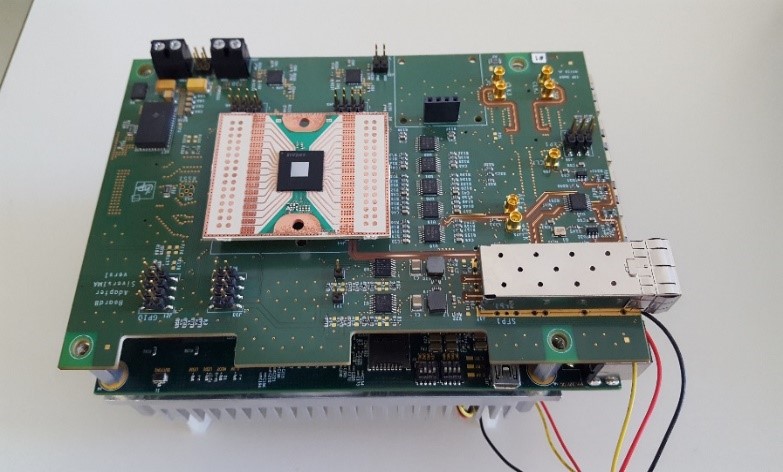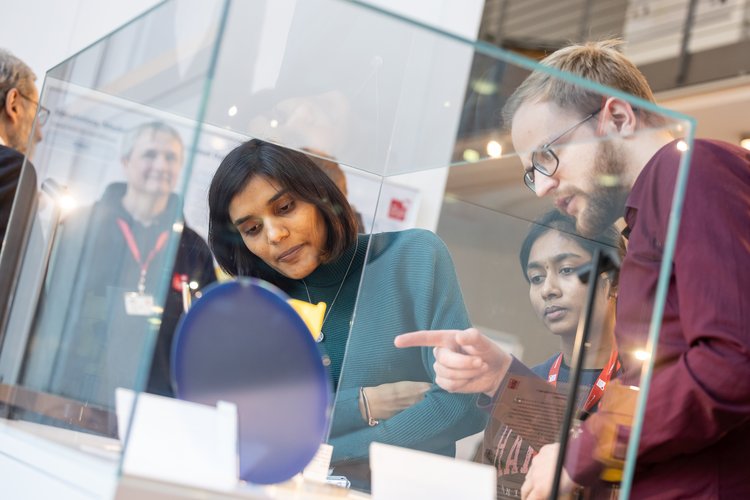The department System Architectures investigates the following topics: Wireless broadband systems, Fault-tolerant computing and Design and test methods for digital circuits.
The activities on wireless broadband systems are focused on 5G and beyond 5G communication systems. Important topics and contributions from the IHP are primarily ranging and localization, which are achieved with cooperative time-of-flight methods and non-cooperative radar methods. These sensing functions can be embedded in the communication systems. High data throughput is another objective, with wireless links with 100 Gbit/s and more being targeted here. In this context, the department takes two approaches. These are, on the one hand, increasing the spectral efficiency with the help of beamforming, MIMO and Line-of-Sight (LoS) MIMO processes and, on the other hand, increasing the bandwidth by entering new frequency bands above 100 GHz.
Second important research subject are fault-tolerant computing systems for demanding applications such as space or automated driving. In this context, the major focus is on dependable multi-processing architectures, where the trade-off between the performance, power consumption and reliability could be dynamically adapted. This department also actively pursues current research topics such as electro-photonic interfaces, neuromorphic computing and hardware architectures for artificial intelligence (AI). Finally, the radhard design methodology is important as space is one of the strategic fields of application for the IHP.
The department is well recognized in the national and international environment and offers significant research results in the field of broadband communication systems and reliable circuit solutions. As a result, it participates in a wide range of R&D projects at EU, national and regional level.
This department also has a significant research infrastructure and laboratories, e.g. for chip test, integration service and an antenna measuring chamber. The activities in SYA-department are fully coordinated with the research objectives of the other departments and establish a connection to applications and the corresponding system architectures.














